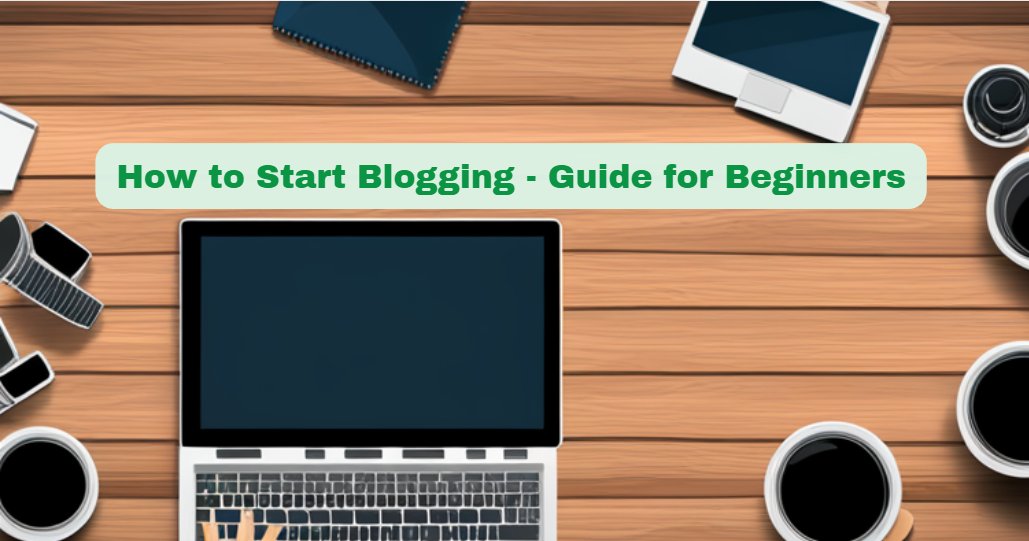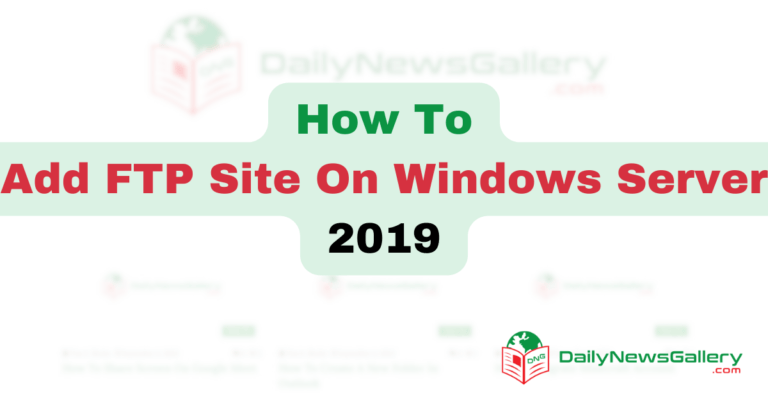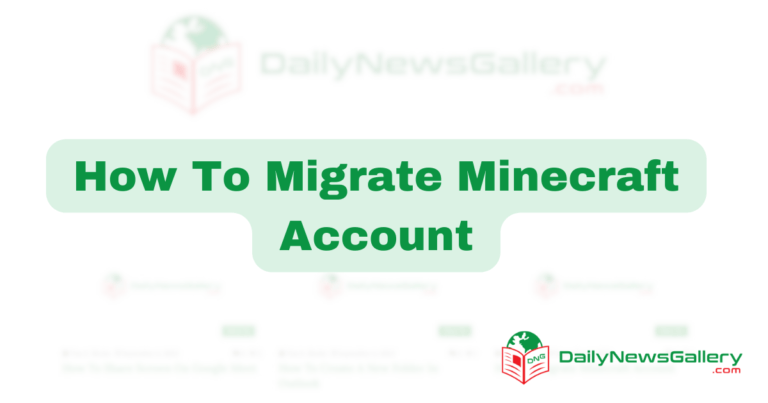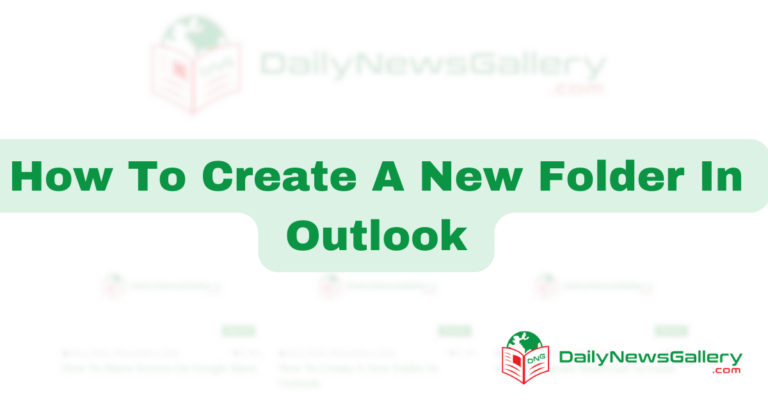
Curious about starting a blog? Blogging has become a go-to platform for individuals to express their ideas, knowledge, and interests to the masses. Additionally, it can be a very profitable venture, with many bloggers earning a substantial amount of money from their blogs. If you’re a beginner when it comes to blogging and want to know how to create your own blog, then this step-by-step guide is for you. We’ll walk you through the process of setting up a blog, picking a topic, crafting interesting content, and monetizing your blog. Let’s get started!
Basics of Blogging
Before we jump into the nitty-gritty of starting a blog, let’s first define what a blog is and explore why people start blogs.
What is a Blog?
A blog is a website that is regularly updated with new content, typically focused on a specific topic. Unlike news outlets or other publications, blogs often have a personal tone, allowing bloggers to connect more deeply with their audience.
There are many motivations for beginning a blog, such as:
- Sharing opinions, passions, or personal experiences.
- Teaching others what they know.
- Building an email list.
- Developing a personal brand as an expert.
- Making money online.
Blogging can be incredibly fulfilling, especially when strangers start consuming your content. However, it’s important to note that blogging requires commitment and consistency. It’s unlikely to see immediate results, so staying motivated in the early stages is crucial.
Finding Your Blog’s Purpose and Monetization Strategy
- Explore ways to monetize your Blog
If you’re looking to make money from your blog, it’s essential to start with a solid monetization strategy. By thinking like an entrepreneur, you can set your blog up for long-term success. While Google AdSense is a popular option, it’s worth exploring other avenues to monetize your blog more quickly.
Here are 6 ways to monetize your blog:
- Selling a book: Writing and selling a book is a potentially profitable way to monetize your blog. You can choose between self-publishing or partnering with a publisher to reach a larger audience.
- Affiliate marketing: Do you want to earn a commission by promoting products or services from other companies? You can do so by using your unique affiliate link.
- Digital products: Design and offer online courses, e-books, templates, or other digital products that are relevant to your blog’s niche.
- Physical products: If your blog’s topic lends itself well to physical products, consider selling merchandise or creating your own product line.
- Services: Utilize your knowledge and experience by providing coaching, consulting, or public speaking engagements related to the topic of your blog.
- Subscriptions: Provide exclusive content or perks to subscribers who subscribe and pay a monthly fee, utilizing platforms such as Patreon.
Remember, building a loyal audience is more important than just having a large one. Focus on providing value to your readers and understanding their needs to effectively monetize your blog.
- Pick a Niche for Your Blog
Choosing a niche is crucial for creating a successful blog. Your niche ought to be sufficiently precise to distinguish itself from competitors and draw in a focused audience. Aim for an inch-wide but a mile-deep niche that allows you to consistently create content without running out of ideas.
When choosing your niche, take into account the following:
- Concentrate on a particular location or region
- Narrow down a specific segment within a larger category.
- Develop a unique style or voice.
- Compete with quality and depth on a topic that others may not cover.
Research your potential audience and identify products or services they would be interested in buying. Perform a market analysis to discover areas uncontested in the market and establish your blog as a unique source within your industry.
Setting Up Your Blog
- Choose a Blogging Platform and Template
To start your blog, you’ll need to select a blogging platform and template. Two popular options are self-hosted platforms, like WordPress, and hosted platforms, like Shopify or Blogger.
- Self-hosted platforms: Platforms like WordPress offer more customization options but require you to host the site yourself. Consider WordPress if you’re comfortable with technical aspects and want full control over your blog.
- Hosted platforms: Hosted platforms, such as Shopify or Blogger, provide easier setup and maintenance. They handle hosting for you, but customization options may be limited.
When choosing a platform, consider factors like ease of use, required coding skills, and scalability as your blog grows. Ensure the platform offers a range of plugins and apps to optimize your blog’s performance, marketing, and organization.
- Choose a Blog and Domain Name
Choosing a blog and website name is a critical stage in developing your blog’s identity. Aim for a name that is easy to remember, easy to spell, and accurately portrays the essence of your blog.
Avoid using your personal name unless you intend to create a personal blog or portfolio site.
Consider the following tips when choosing a domain name:
- Make it memorable and easy to say.
- Ensure it’s unique and not easily confused with other websites.
- Reflect on your blog’s niche and brand message.
Register your domain name through a hosting provider, which often offers a free domain with their hosting plans. Take advantage of this opportunity to choose a domain name that aligns with your blog’s identity.
- Choose a Blog Theme or Template
Once you’ve set up your blogging platform, it’s time to choose a blog theme or template. A theme determines your blog’s design, layout, and features. Free and premium themes are available, and it’s important to select one that aligns with your brand and provides a positive user experience.
Consider the following factors when choosing a theme:
- Load time and performance.
- Visual appeal and branding.
- Responsiveness across devices.
- Customization options for layout and design.
Many platforms offer plugins and apps to enhance your blog’s functionality, such as drag-and-drop builders or SEO optimization tools. Explore these options to optimize your blog’s performance and user experience.
Planning and Creating Compelling Content
- Plan Your Publishing Strategy
Creating a publishing plan is essential for ongoing content production. Without a plan, it can be challenging to generate new concepts or remain concentrated on the goals of the material.
Create a content calendar to organize your ideas, target audience, and distribution channels.
Use tools like Trello, Airtable, or Asana to plan and organize your content effectively. Your content calendar should include information on what content you’re creating, which audiences you’re targeting, and the distribution channels and dates for each piece.
Consider various types of blog posts to include in your calendar:
- Evergreen content: Educational posts that answer common questions and provide timeless value.
- Topical content: Capitalize on trending events or topics to attract quick growth on social channels.
- Curated content: Share thoughtfully curated content that aligns with your audience’s interests.
- Feature pieces: Conduct interviews or share stories to give readers insights into extraordinary individuals or experiences.
- Visual content: Incorporate images, videos, and graphics to enhance engagement and improve SEO.
- Interactive content: Create quizzes or interactive elements to increase reader engagement and gather insights.
To provide something for everyone, make sure to have a variety of content types in your blog posts. Prior to writing, it may be beneficial to plan and outline your ideas so that you can stay on track and give your readers something of value.
- Create Compelling Blog Posts
When writing blog posts, pay attention to the following elements:
- Edit your work: Edit your blog posts thoroughly to guarantee clarity and precision. You may also want to get the help of a professional editor for more feedback.
- Organize your blog post with headings: Incorporate Headings to Structure Your Content and Make it Easier to Scan for Readers
- Craft compelling headlines and social sharing images: A captivating headline and eye-catching image can significantly impact your blog’s reach and engagement.
- Include internal and external links: Include links to relevant content within your blog and to reliable external sources to add more value and improve your search engine optimization (SEO).
- Optimize for SEO: Discover terms and phrases associated with your blog post and work them into your writing. Utilize tools like Yoast SEO for WordPress or Shopify’s SEO checker app to get tips for optimization.
Do not expect your blog to gain success immediately. Remain consistent, keep educating yourself, and adjust your plan based on reader comments and statistics.
Growing Your Blog’s Audience
- Collect Emails and Build an Email List
Gathering email subscribers is essential for creating a dedicated following and developing connections with your readers. Concentrate on gathering emails whenever possible by placing contact forms in your content and website.
Leverage email marketing tools to effortlessly create and manage contact forms. Increase the visibility of your email list by sharing it on your blog, social media accounts, and email signature. Keep your subscribers up-to-date with regularly sent emails that contain updates about your blog posts or special offers.
- Focus on Organic Traffic through SEO
Search Engine Optimization (SEO) is essential for bringing visitors to your blog naturally. Conduct research on keywords related to your specialty and create content around those keywords. Focus on keywords with high search frequency and low competition.
Optimize your blog posts for SEO by incorporating keywords naturally, using meta tags and descriptions, and improving your website’s load time and mobile responsiveness. Consider installing SEO plugins or apps to help with optimization.
- Develop a Social Media Strategy
Focus your energy on the social media channels where your desired readership is most engaged. This can be a great way to boost the visibility of your blog and drive more traffic. Don’t try to spread yourself too thin by attempting to be active on every platform possible.
Develop a social media plan that is in line with the brand and objectives of your blog. Participate in applicable communities or discussion groups, interact with your readers, and consistently post content that is of value. Utilize your personal networks to get initial exposure and increase your fan base.
- Repurpose and Resurface Your Content
Don’t let your blog posts go to waste. Repurpose and resurface your content to get the most out of your efforts. Consider the following strategies:
- Create roundups or “best of” posts to highlight your most popular or valuable content.
- Transform blog posts into other types of content, such as infographics or quizzes.
- Update and republish old content to boost search engine rankings, particularly for seasonal or evergreen topics.
- Accept guest blog posts to diversify your content and tap into new audiences.
- Cross-link related content within your blog to improve navigation and engagement.
Utilize your content to the fullest by transforming it into different mediums and enlisting the help of outside contributors to broaden your audience.
- Analyze Your Audience and Use Data-Driven Insights
Make use of analytical instruments like Google Analytics to acquire knowledge about your readers’ habits, inclinations, and involvement. Keep track of measurements like the average amount of time spent on your blog, sources of traffic, and the number of visitors in real time.
Leverage data to identify opportunities for growth and understand your audience better. Use this information to tailor your content strategy, improve user experience, and attract potential collaborators or sponsors.
Monetizing Your Blog
- Understand Different Monetization Methods
As your blog grows in popularity and you cultivate a loyal fanbase, there are many ways to monetize it. Some of the most common methods are:
- Marketing of digital items, such as e-books or virtual classes.
- Marketing physical goods associated with your blog’s topic.
- Publishing sponsored content or partnering with brands as an influencer.
- Offering coaching or consulting services.
- Implementing display ads or affiliate marketing.
Analyze your blog’s specific topic and target demographic to find the best monetization tactics. Test various techniques and measure the performance of each.
- Build Relationships and Collaborate
As your blog gains recognition, seek out opportunities to collaborate with other bloggers, influencers, or companies related to your topic. Joining forces on projects, writing guest posts, or being featured in interviews can help you amass more followers and widen your reach.
Networking with like-minded individuals can also open up opportunities for sponsored content, speaking engagements, or joint ventures. Prioritize building authentic relationships based on shared values and mutual benefits.
- Prioritize Value and User Experience
Monetization is important, however, always remember to put your audience and their experience first. Make sure to produce high-quality content, interact with your readers, and fulfill your commitments.
Avoid excessive ads or intrusive monetization methods that may compromise the user experience. Build trust with your audience by maintaining transparency and authenticity in your monetization efforts.
Conclusion
Ready to start your own blog? Take the plunge and follow this step-by-step guide to gain the necessary knowledge and tools to get your blog up and running. Crafting compelling content and monetizing your efforts is just the beginning. To ensure success, you must be dedicated to your blog, be consistent with your posts, and provide valuable content to your readers. Start your blogging journey now!






